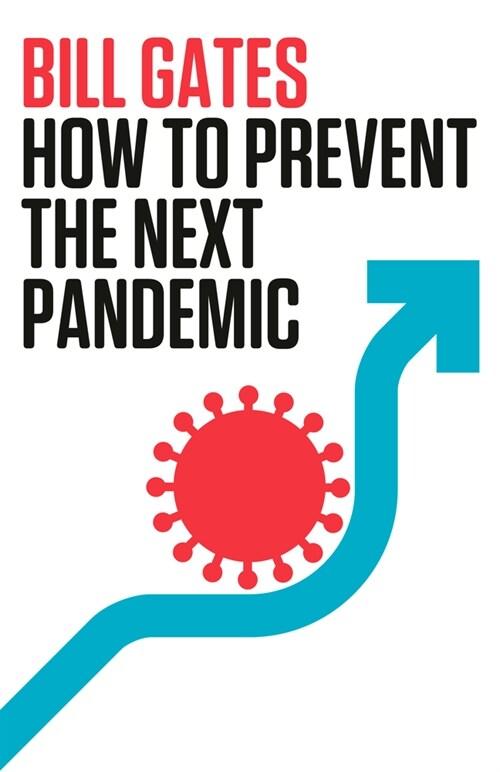책 이미지

책 정보
· 분류 : 외국도서 > 의학 > 유전학
· ISBN : 9780124762497
· 쪽수 : 425쪽
목차
Contributors
Preface
1 Oncolytic Viruses: Virotherapy for Cancer
I. Introduction
II. Attributes of Replication-Selective Viruses for Cancer Treatment
III. Approaches to Optimizing Tumor-Selective Viral Replication
IV. Adenoviruses
V. Poliovirus
VI. Vesicular Stomatitis Virus
VII. Reovirus
VIII. Bacteria
IX. Vaccinia Virus
X. Herpesvirus
XI. Clinical Trial Results with Replication-Competent Adenoviruses in Cancer Patients
XII. Results from Clinical Trials with dl1520 (Onyx-015, or CI-1042)
XIII. Future Directions: Approaches to Improving the Efficacy of Replication-Selective Viral Agents
XIV. Summary
References
2 Reovirus Therapy of Ras-Associated Cancers
I. Introduction
II. Reovirus Oncolysis
III. Concluding Remarks
References
3 Oncolytic Herpes Simplex Virus (G207) Therapy: From Basic to Clinical
I. Introduction
II. Preclinical Studies of G207
III. G207 Clinical Trial
IV. Conclusions
References
4 p53 and Its Targets
I. Introduction
II. Activation of p53
III. Downstream Mediators of p53
References
5 Prospects for Tumor Suppressor Gene Therapy: RB as an Example
I. Introduction
II. Functions of RB
III. Successes with RB Gene Therapy
IV. Perspectives
References
6 CDK Inhibitors: Genes and Drugs
I. Introduction
II. G1 Regulation
III. p16INK4a and the Rb Pathway
IV. p19ARF and p53 Pathway
V. p27 and Human Cancer
VI. Conclusions and Future Perspectives
References
7 CDK Inhibitors: Small Molecular Weight Compounds
I. Introduction
II. Cyclin-Dependent Kinases, the Cell Cycle, and Cancer
III. Cyclin-Dependent Kinase Inhibitors, a Large Variety of Structures
IV. Cyclin-Dependent Kinase Inhibitors, All Competing with ATP
V. Cyclin-Dependent Kinase Inhibitors, the Selectivity Problem
VI. Cyclin-Dependent Kinase Inhibitors, Cellular Effects
VII. Cyclin-Dependent Kinase Inhibitors, Antitumor Activity
VIII. Conclusion
References
8 NF1 and Other RAS-Binding Peptides
I. RAS Molecules: Normal versus Oncogenic Mutants
II. Super GAP?
III. RAS-Binding Fragment of NF1
IV. c-RAF-1
V. PI-3 Kinase
VI. Ral GDS
References
9 Cytoskeletal Tumor Suppressor Genes
I. Introduction (Historical Background)
II. Type I Cytoskeletal Tumor Suppressors
III. Type II Cytoskeletal Tumor Suppressors
References
10 TGF-? Signaling and Carcinogenesis
I. Introduction
II. Dual Role of TGF-? in Carcinogenesis
III. TGF-? Superfamily Signaling
IV. Perturbation of TGF-? Signaling in Cancer Cells
V. Perspectives
References
11 DAN Gene
I. Introduction
II. Cloning of DAN cDNA
III. Transfection of DAN
IV. Role of DAN in Neuroblastomas
V. Structural Features of the DAN Protein
VI. Genomic Structure of DAN
VII. DAN Family
References
12 Design of Hammerhead Ribozymes and Allosterically Controllable Maxizymes for Cancer Gene Therapy
I. Introduction
II. Ribozyme Expression System in Cells
III. Design of the tRNAVal-Driven Ribozyme That Is Transcribed by pol III
IV. Design of Allosterically Controlled Maxizymes
V. Conclusion
References
13 Inhibitors of Angiogenesis
I. Introduction?Angiogenesis
II. Angiogenesis Inhibitors
III. Future Directions
References
14 Geranylgeranylated RhoB Mediates the Apoptotic and Antineoplastic Effects of Farnesyltransferase Inhibitors: New Insights into Cancer Cell Suicide
I. Introduction
II. Do Farnesyltransferase Inhibitors Target a Unique Aspect of Neoplastic Pathophysiology?
III. Ras Is Not a Crucial Target of Farnesyltransferase Inhibitors
IV. RhoB Is a Crucial Target of Farnesyltransferase Inhibitors
V. Farnesyltransferase Inhibitors Act through a Gain of Function Mechanism Involving RhoB-GG
VI. RhoB-GG Is Required to Mediate Apoptosis by Farnesyltransferase Inhibitors
VII. RhoB-GG and the Antiangiogenic Properties of Farnesyltransferase Inhibitors
VIII. Clinical Implications
IX. Summary
References
15 RAS Binding Compounds
I. Introduction
II. Ras Cycle and Ras?Raf Signaling Pathway
III. The Structure of Ras Proteins
IV. Drug Target Sites of Ras
V. Conclusions and Outlook
References
16 Actin-Binding Drugs: MKT-077 and Chaetoglobosin K (CK)
I. Introduction
II. MKT-077: F-Actin Bundler
III. Chaetoglobosin K: F-Actin Capper
References
17 Tyr Kinase Inhibitors as Potential Anticancer Agents: EGF Receptor and ABL Kinases
I. Introduction
II. Tyr Kinase Inhibitors
III. Chronic Myelogenous Leukemia
IV. Epidermal Growth Factor Receptor
V. Antagonists of the Epidermal Growth Factor Receptor Extracellular Domain
VI. Chemical Inhibitors of the Kinase Domain of the Epidermal Growth Factor Receptor
VII. Epidermal Growth Factor Receptor Antagonists or Inhibitors Act Synergistically to Kill Tumor Cells
VIII. The Effects of Abl Inhibitors on Leukemia
References
18 Antagonists of Rho Family GTPases: Blocking PAKs, ACKs, and Rock
I. Rho Family GTPases (Rho, Rac, and CDC42)
II. Blocking PAKs
III. Blocking CDC42 Pathways (ACKs and N-WASP)
IV. Blocking Rho Pathways
V. Rac-Specific Inhibitors?
References
19 Integrin Antagonists as Cancer Therapeutics
I. Introduction
II. Signaling Pathways Activated by Integrins
InII. Role of Integrins in Neoplastic Transformatio
IV. Role of Integrins in Tumor-Induced Angiogenesis
V. Integrin Antagonists as Antiangiogenesis Agents
VI. Conclusions and Future Perspectives
References
20 Functional Rescue of Mutant p53 as a Strategy to Combat Cancer
I. Introduction
II. Multiple Pathways of p53-Induced Apoptosis
III. Regulation of p53 Activity
IV. Approaches toward Reactivation of Mutant p53
V. Implications for Tumor Therapy and Future Perspectives
References
Index





















